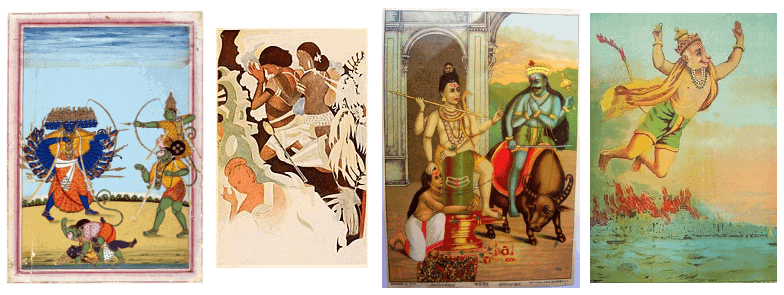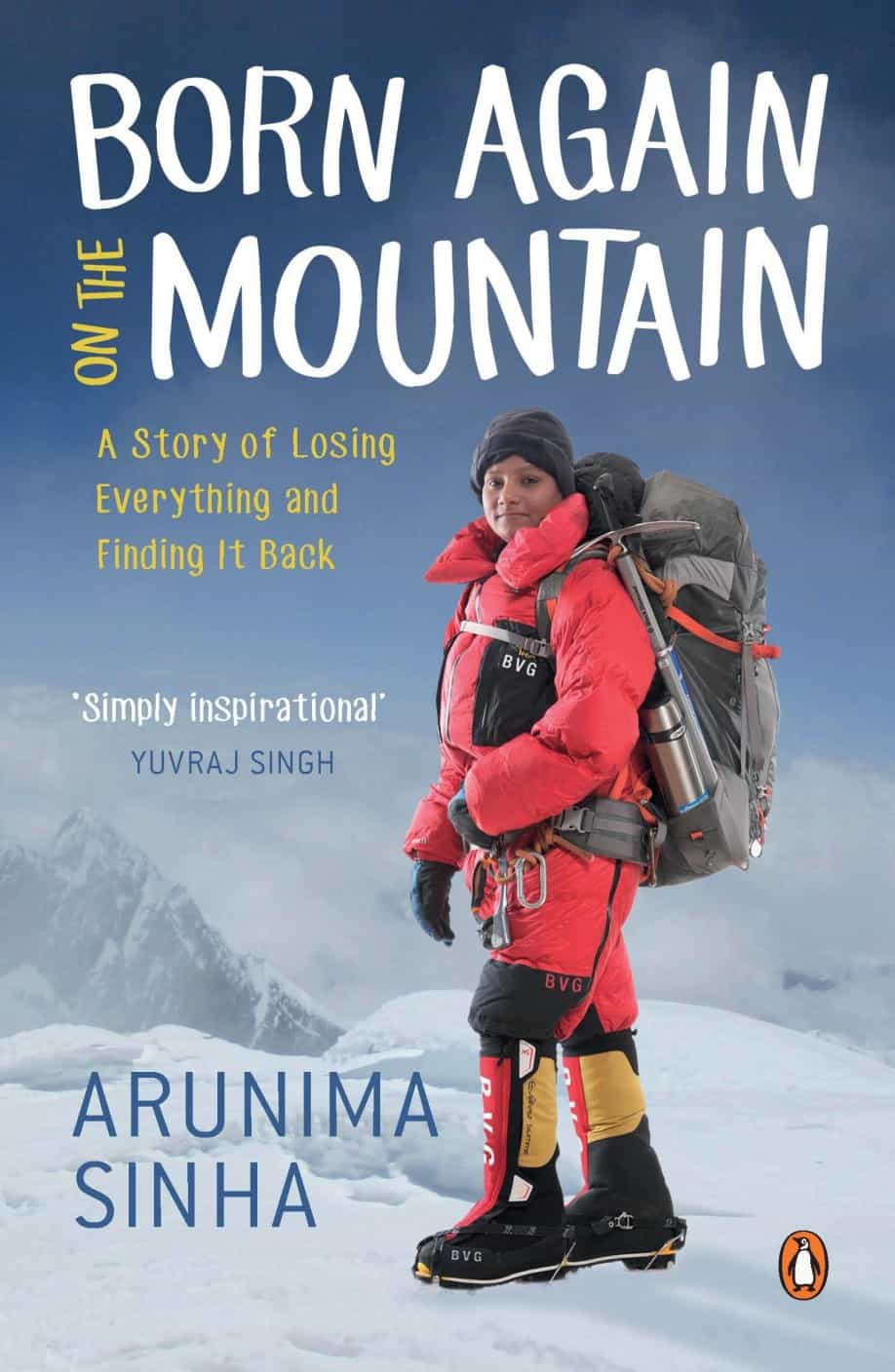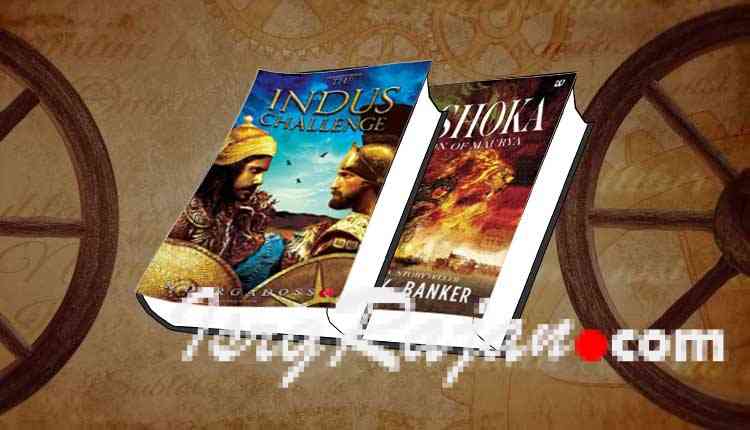Indian Historical Fiction
- Best Indian Historical Fiction
- American Indian Historical Fiction For Kids
- American Indian Historical Fiction
Native Americans - Historical Fiction. 1 - 20 of 80 results. Add to Wishlist. Dances with Wolves: A Novel. By Michael Blake. Paperback $7.99. Available Online. Add to Wishlist. Flight of the Sparrow: A Novel by Amy Belding Brown. First known historical novel of India. Doorgeshnondini: Bankim Chandra Chattopadhyay: 1865 Bengali: First part of first trilogy in historical novels of India. Set in the backdrop of Pathan-Mughal conflicts in south-western region Paschimbanga during the reign of Akbar. Kapalkundala: Bankim Chandra Chattopadhyay: 1866 Bengali: Karan Ghelo: Nandshankar Mehta: 1866.
Airavateswara Temple, Darasuram in Thanjavur district, Chola architectural marvel. Credit: Wikimedia Commons/KARTY JazZ (CC BY-SA 4.0)
“We have such little historical fiction.” I forget now who said this to me but the remark has stuck in my head. The person was referring to the large number of books we have on mythological characters, with very few of them really about India’s longer history. Part of this, no doubt, has to do with the fact that India hasn’t been a united country during its many millennia of civilisation and thus, writing for a pan-Indian audience was difficult. It is no surprise then, that fictionalised history has been dominated by Mughal era stories – most famously K. Asif’s grand movie, Mughal-E-Azam.
Devi Yesodharan’s Empire is set to change all of that. Sumptuously detailed, beautifully imagined, it is the tale of an archer and warrior in the empire of Rajendra Chola, who ruled a vast empire from 1014-44. In a lovely twist, the main character is not from South India but rather a Greek woman, who has been surrendered in defeat by a raiding party bested by the Cholas. As such, Aremis, raised as something not exactly a vassal, but not quite an equal, in a society that she belongs to by defeat.
This device, like the role of the mosaicist in Guy Gavriel Kay’s Sailing to Sarantium, allows Yesodharan a character who both belongs and does not, who is taught the manners of the Chola empire, but is constantly crossing red lines, such as firing a lit arrow at the target in a competition she has won – forfeiting the victory she has worked so hard for. This belonging and unbelonging also allows Aremis to be an intensely ‘modern’ woman, challenging authority, carving out her place in her society by her ability, her force of arms and her will.
It is also a little implausible. In the 11th century, Greece was facing many threats to its territory, most importantly from the Bulgarians, it is not terribly likely that they would be sending raiding ships as far abroad as India, when they faced major threats much closer to home. Nevertheless it is a minor implausibility, such as those found in the great historical novels I, Claudius and Claudius the God by Robert Graves. Although Aremis does not occupy a post as important as Claudius does in the Roman Empire, as a bodyguard to the king, she is at the centre of intrigue, power, ceremony and war.
And she really is a lovely creation. Witness this scene from the first chapter:

The dark soil underfoot, the warm air, the insistent sun: this land was so strange to me at first it was like seasickness on firm ground.
For a long time I held the language in my mouth like stones, the words never coming out right.
But the food – that I loved instantly. Lamb covered in precious pepper roasts on a spit. Duck eggs fry on pans on carts, to be eaten with millet flatbread; small, spiced sardines cook in tamarind gravy, to be served with rice mixed with peanuts and pumpkin seeds.

Crows cawing for leftovers form a black fringe on the edge of the street. Someone scrapes iron against a pan before throwing in a sizzling pat of ghee. Ghee: the smell is a beckoning finger, a scent heavy enough to almost taste. I only have coins for some roasted peanuts.
The luscious, sense-rich descriptions in the book work well to describe both the character, the land and its realities. They also display a great deal of attention to detail, which allows Yesodharan to authoritatively describe and inhabit the time and place that are critical to the narrative. As Aremis is a warrior, the pacing and visceral descriptions of fighting are also key to holding the narrative in place. Again, Yesodharan delivers admirably.
Devi Yesodharan. Credit: Juggernaut
He was a big fellow with pretentious warpaint slathered on his face and neck. I knew from one look that he was a clumsy fighter given to smashing skulls together, so I ran straight at him while he mentally cracked his fingers and waited, and then I feinted left, and before he had time to whip towards me I moved right. Fighters have a certain set of expectations in the speed and accuracy of their opponents, and I took pleasure in showing them how narrow those expectations were.
But it is not just Aremis telling the story, instead the novel is spoken in first person, between her and the great warrior, Anantha, introduced right at the beginning. It is he who led the party that defeated the Greek war party and wrenched captives from the warrior Pelias as trophies, including the then 11-year-old Aremis. Unlike her, he is the insider’s insider and can ignore rules and traditions as he wills.
He enters his house gate and hears nails on stones as his dogs run towards him… Brown Meeta, his favourite, is in front. You are not supposed to name dogs, let alone have them in the courtyard because of their impurity, but there is a lot that people overlook about Anantha.
As war, deception and rebellion play out in the great Chola empire, Aremis and Anantha tell you a story that is hard to put aside and even harder to forget.
The warriors gather on the beach, their faces upturned, hundreds upon hundreds of them. I wait, patiently. Finally, this is my moment. All the negotiating, the quiet assassinations, the captures – they lead up to this.
The key to great historical fiction lies in three things: research so deep that the author can bring the place and time alive, in engaging characters that reveal the workings of a time and culture that the reader is unfamiliar with and a plot that keeps you hanging by your fingernails. In all of these aspects, Empire is an exceptional achievement and will be the mark against which later books will be measured. One hopes that we have many of them, all aspiring to the quality that Yesodharan has achieved.
Bollywood has been fascinated with revisiting history and rewriting it. Over the years, we have had several historical period films coming out in large numbers.
With this article, we are sharing the list of 10 Bollywood historical films that look back at the past and honor the history of India.
1. Bajirao Mastani: Directed by the Sanjay Leela Bhansali, the film tells the story of the Maratha Peshwa Bajirao and his second wife Mastani. It features Ranveer Singh as Bajirao while Priyanka Chopra and Deepika Padukone play Kashibai and Mastani respectively. It is based on the Marathi novel ‘Raau’ by the Nagnath S. Inamdar.
Upon release, the film was lauded by critics for its production design, direction and lead actor’s performance. It also became a massive commercial success and won seven National Film Awards, including Best Direction and Best Supporting Actress for Azmi. The film also received a leading fourteen nominations at the 61st Filmfare Awards and won nine awards.
2. Mohenjo Daro: Written and directed by the Ashutosh Gowariker, this 2016 film is based on the ancient Indus Valley civilization city called Mohenjo-Daro which is a UNESCO World Heritage site. It was located in the Sindh, Pakistan. Starring Hrithik Roshan and Pooja Hegde, the film met with mostly negative reviews from critics and proved to be a box-office flop.
3. Raag Desh: Directed by Tigmanshu Dhulia and Gurdeep Singh Sappal of Rajya Sabha TV, the film features Kunal Kapoor, Amit Sadh, Mohit Marwah, Vijay Verma, Mrudula Murali, Kenny Basumatary, Hikaru Ito and Jatin Singh Kindra. It is based on the Indian National Army trials, the joint court-martial of the India National Army officers Colonel Prem Sahgal, Colonel Gurbaksh Singh Dhillon and Major Shah Nawaz Khan. The film was a critical and commercial dud.
4. Lagaan: Once Upon a Time in India – One of the most popular film to come out of Indian cinema, this 2001 film is directed by Ashutosh Gowariker. Starring Aamir Khan and Gracy Singh in the lead role, the story is set during the British Raj India in a small village whose inhabitants are oppressed by high taxes. They are challenged to a cricket match by an arrogant officer as a wager to avoid the taxes. The film was a massive critical and financial success and has become a part of the Indian culture. It was the last Indian film to receive an Oscar nomination.
5. Jodha Akbar: Another film in this list directed by Ashutosh Gowariker. It focuses on the romance between the Mughal Emperor Jala-ud-din-Muhammad Akbar (played by Hrithik Roshan) and Rajput princess Jodhaa Bai (played by Aishwarya Rai Bachchan). The film was praised for its historical accuracy and production design. It went to become a critical and commercial success, winning accolades at several film festivals.
Best Indian Historical Fiction
6.Netaji Subhas Chandra Bose: The Forgotten Hero: The film is centered around the life of Subash Chandra Bose. Starring Sachin Khedekar in the titular character, the film depicts his life of the Netaji In Nazi Germany and that is from the period of 1941- 1943 as well as the Japanese-occupied in the Asia which is from 1943- 1945 and that eventually lead to the formation of the Azad Hind Fauj.
7. The Legend of Bhagat Singh: Based on one of the most popular freedom fighter of this country, Bhagat Singh, this 2002 film is directed by Rajkumar Santoshi. It has Ajay Devgn playing the eponymous character, along with Sushant Singh and Akhilendra Mishra. The film met with positive critical reception and won several awards, but under performed at the box-office.
8. Mangal Pandey: The Rising: The film is based on the life of Mangal Pandey, a freedom fighter known for helping to spark the Indian rebellion of 1857. It premiered at the 2005 Cannes Film Festival and marked the comeback of Aamir Khan after his hiatus post Dil Chahta Hai in 2001. The film met with mixed to positive critical response and was a financial success.
9. Padmaavat – Another one in this list to be directed by Sanjay Bhansali, the film was surrounded with controversy and faced widespread protests from people trying to ban it. Based on the poem Padmaavati by Malik Mohammed Jayasi, the film stars Deepika Padukone in the title role, along with Shahid Kapoor as King Ratan Singh and Ranveer Singh as Afghani ruler, Sultan Alauddin Khilji. It’s released was shifted amid violent protests and released on January 2018. The film met with mixed reviews, but was a box-office success.


American Indian Historical Fiction For Kids
10. Panipat – The most recent film in the list (also directed by Gowariker), it depicts the events that took place during the Third Battle of Panipat in 1761. Starring Arjun Kapoor, Sanjay Dutt and Kriti Sanon in the lead roles, the film met with mostly mixed reviews and proved to be unsuccessful at the box-office.

Upcoming period films from Bollywood includes ‘Tanhaji: The Unsung Warrior’ directed by Om Raut and starring Ajay Devgn, Saif Ali Khan and Kajol in the lead roles. It is slated to release on 10 January.
American Indian Historical Fiction
Only lagaan is one of best movie historical movie in India
